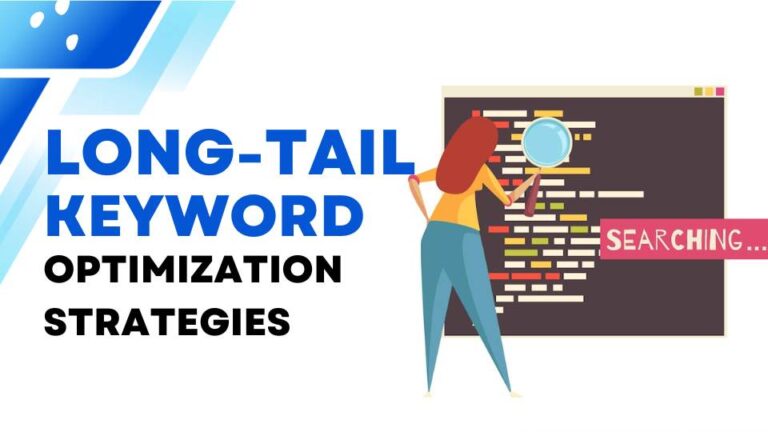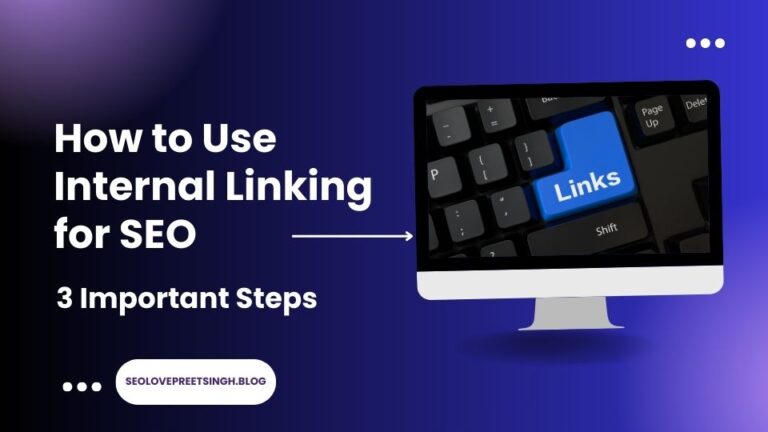You may have optimized the content and built a very aesthetic site on your new website, but it still needs to be found on Google or any other search engine. This is an effect noted by most SEO professionals, digital marketers, and website owners, and they have named it the “sandbox.”
In this article, we’re going to expand on what the sandbox is in SEO, how it works, and how you can minimize its effects so you can see faster results for your new site.
Introduction to the Sandbox in SEO
What is the SEO Sandbox?
According to the sandbox theory, this is an aspect of how a search engine like Google could be delaying ranking new sites entering the internet.
In the meantime, new sites do not appear in search results, even when they have the highest quality content and are still strong in terms of SEO.
Why Should You Care About the Sandbox?
For anyone launching a new website, understanding the sandbox is crucial because it affects when and how your site can gain visibility.
Knowing how to overcome this hurdle can help you achieve rankings sooner and avoid disappointment in the early stages of your SEO journey.
2.What is the Sandbox Effect?
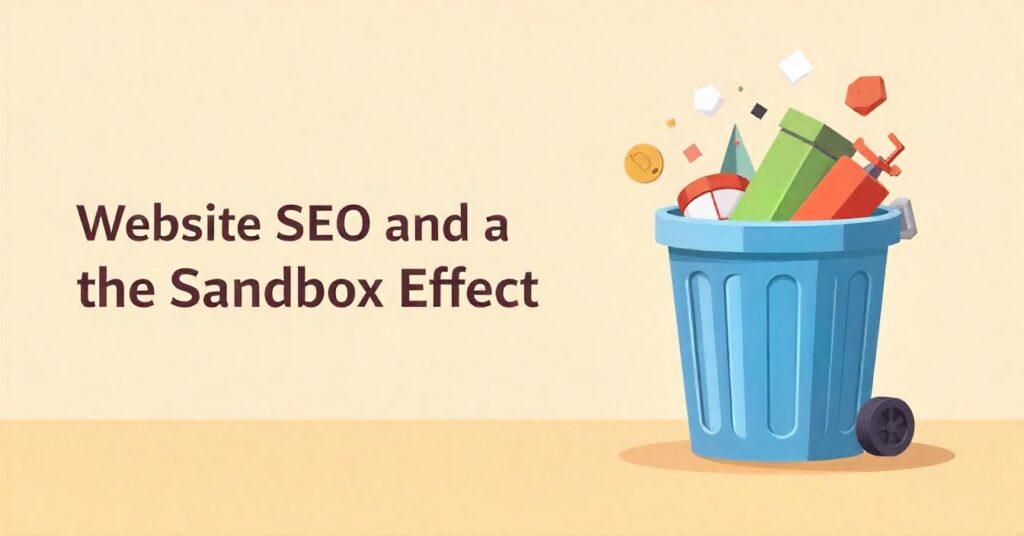
A short period of ranking delay for new websites The sandbox effect is considered a short delay in rankings for new websites. Although Google did not officially confirm its reality, many experts consider the sandbox to be like probationary time for new sites.
During this period, they have to demonstrate their quality and trust before they can perform well in search results.
Sandbox Effect Characteristics:
- Limited Visibility: New sites rank less on high-volume keywords.
- Slow Gradual Build-up: Organic traffic may slowly start building up despite the best SEO efforts.
- Ranks for Lateral Keywords: You start ranking for less competitive keywords while you do not rank for primary, high-competition terms.
3. Why Does the Sandbox Exist?
Although it is not a recognized Google feature, the sandbox is believed to be used for quality control. Here is why the sandbox might exist and why Google might implement the delay in ranking newly launched websites.
Reasons for the Sandbox:
- Quality Assurance: Google expects the new sites to provide authentic and relevant content to rank them up.
- Killer of Spam: The sandbox filter will help prevent the search results from being affected by the numerous low-quality spammy sites.
- Building Trust: New sites take some time to gain those trust signals, which include backlinks, user engagement, etc.
How Long Does the Sandbox Last?
As a rule, it varies from several weeks to several months depending on the niche, level of competition, and SEO efforts of the website, but it can go for any period. It depends on factors like content quality, backlink profile, or website updates.
4. Is the Sandbox Real? SEO Experts Weigh In
While arguments in the SEO enthusiast community seem to go both ways, it can be said that whether the sandbox is an integral part of Google’s algorithm or just an effect of Google’s intricate ranking mechanism for new sites remains a matter of argument.
Evidence for the Sandbox:
- Case Studies: A large number of SEO consultants have witnessed that for strong SEO, new sites are experiencing delays in rankings.
- Anecdotal Observations: New sites normally attain rankings on secondary keywords before they target the primary keywords.
- Data Patterns: A site will probably pick up better once it has reached a data pattern of constant updates and its backlink count starts adding up.
Counterarguments:
- Ranking Complexity: Some think that fresh sites have the problem of ranking because there are just too few backlinks and competition as opposed to an actual “sandbox.”
- Google Has Never Denied It: Google has never claimed the existence of the sandbox, so some people think it’s just a myth in the SEO world.
5. Signs Your Site May Be in the Sandbox
Knowing the sandbox signs can help you evaluate your SEO strategy. Here are some indications:
| Sign | Description |
|---|---|
| Limited Keyword Visibility | The site is ranked low or is not ranking at all for competitive, main target keywords. |
| Slow Organic Traffic Growth | Minimal growth in organic traffic despite strong SEO and regular content updates. |
| Secondary Keyword Ranking | Ranking for low-competition keywords while the primary target keywords show minimal to no progress. |
| Minimal Backlink Impact | Quality backlinks are acquired, but they aren’t leading to a noticeable ranking improvement as yet. |
6. Managing the Sandbox Effect
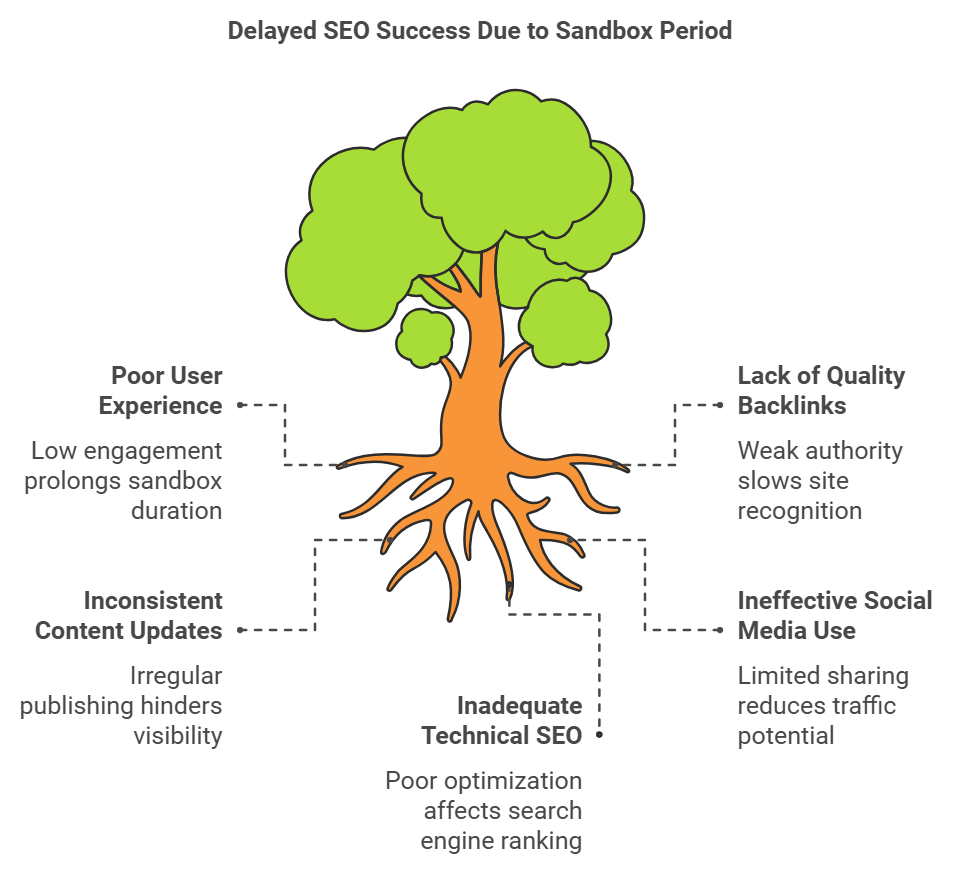
The sandbox period can be frustrating, but there are things you can do to speed it up and, therefore, boost chances of early success in SEO. Here is a list of strategies that can help you manage the effects of the sandbox.
a) User Experience Optimization
- Quality Content: Publish relevant, high-value content to answer questions and be interesting and enjoyable to read.
- Page Speed: Ensure that your site loads fast on all devices.
- Mobile-Friendliness: Since Google uses mobile-first indexing, having a responsive, mobile-friendly design will be paramount.
b) Emphasis on High-Quality Backlinks
- Natural Links: Get backlinks from authoritative sites in the industry.
- Guest Posting: Guest post your high-value content on other sites to get noticed and acquire quality backlinks.
- Refrain from including Spammy Links: Poor quality and spammy links can degrade your website’s credibility and prolong the sandbox period.
c) Generate Quality Consistent Content
- Publishing Rate: Update your blog regularly with new, relevant content.
- Value-Driven Content: Help your audience by providing answers, giving insight, and sharing trends.
- Signal Quality: Material that sparks comments, shares, and other user engagements is marked as quality by Google.
d) Use Social Media and Content Marketing
- Social Sharing: Share your content across social media networks.
- Promote Engagement: Engage readers to comment, like, and share content with your posts, as social engagement indirectly benefits SEO.
- Influencers: Working with influencers could increase visibility and drive more traffic to your site.
e) Technical SEO
- On-page SEO: Use title tags, meta descriptions, and headings for every page.
- Structured Data: Make schema markup to help search engines understand content better.
- Mobile Optimization: Enjoy a seamless mobile experience through optimized images, fonts, and layouts.
7. Real-life Examples of Sites Breaking Out of the Sandbox
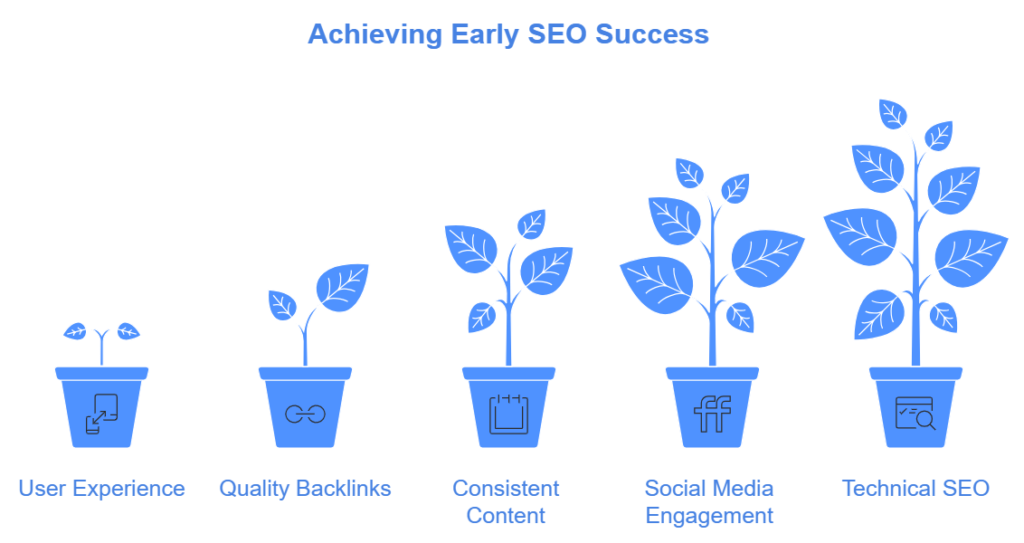
Example 1: Blogging Site in an Aggressive Niche
- A brand new blog in the health niche was absolutely loaded with competition. Nevertheless, it executed a top-notch link-building strategy and implemented long-tail keywords. After three months of steady growth, the blogging site started noticing more pronounced improvements in organic traffic while breaking out of the sandbox and ranking for more aggressive terms. .
Example 2: Niche E-commerce Site
- The eco-friendly goods e-commerce site had its growing pains but then stabilized into a solid, content-based SEO strategy, which allowed for success in the long run. The addition of blog posts and FAQ pages helped create authority, and indeed, ranking jumps appeared after just four months
8. Frequently Asked Questions about the SEO Sandbox
Answer: Not all sites have to spend a strict period of sandboxing. Most new sites notice the delay of time till they rank because of competition and the site’s need to establish authority.
Answer: Paid ads can drive traffic and visibility but have no impact on organic rankings. It works as an excellent option for building your audience with maturing SEO efforts
Answer: Great competition High-competitiveness industries, such as health, finance, and technology, tend to see more of a sandbox effect because there is a high level of competition.
Answer: With time, keyword rankings will improve. Organic traffic will increase, especially from competitive keywords.
Answer: E-commerce websites typically face only a time lag, but they can make rapid gains with the help of content marketing and product page SEO techniques.
9. Conclusion
It takes time and effort to break out of the SEO sandbox, but you can, with the right strategy, certainly increase the chances of getting out early. So, hold on to quality content, organic backlinks, and a pleasant user experience in trying to overcome this period with the help of the sandbox and giving your website enough traction.
Takeaway: Patience and regular SEO efforts pay off because if you know and have taken due measures to overcome this sandbox effect, your new site will surely grow well and reach its complete potential in the search results.
This being the case, Lovepreet Sachdeva can guide you on overcoming the sandbox for better rankings. Consult an SEO Specialist to find a way of withstanding SEO challenges and creating a tailor-made strategy for reaching your goals.

Lovepreet Sachdeva is an SEO Specialist with extensive experience in helping businesses improve their online presence. He is dedicated to providing top-notch SEO services and personalized strategies to boost your website’s performance. Contact him today for professional SEO assistance.



